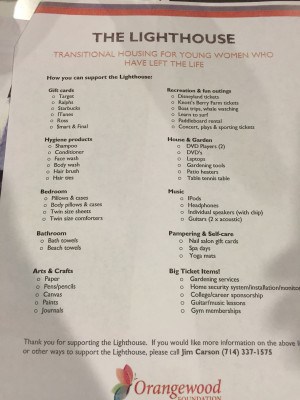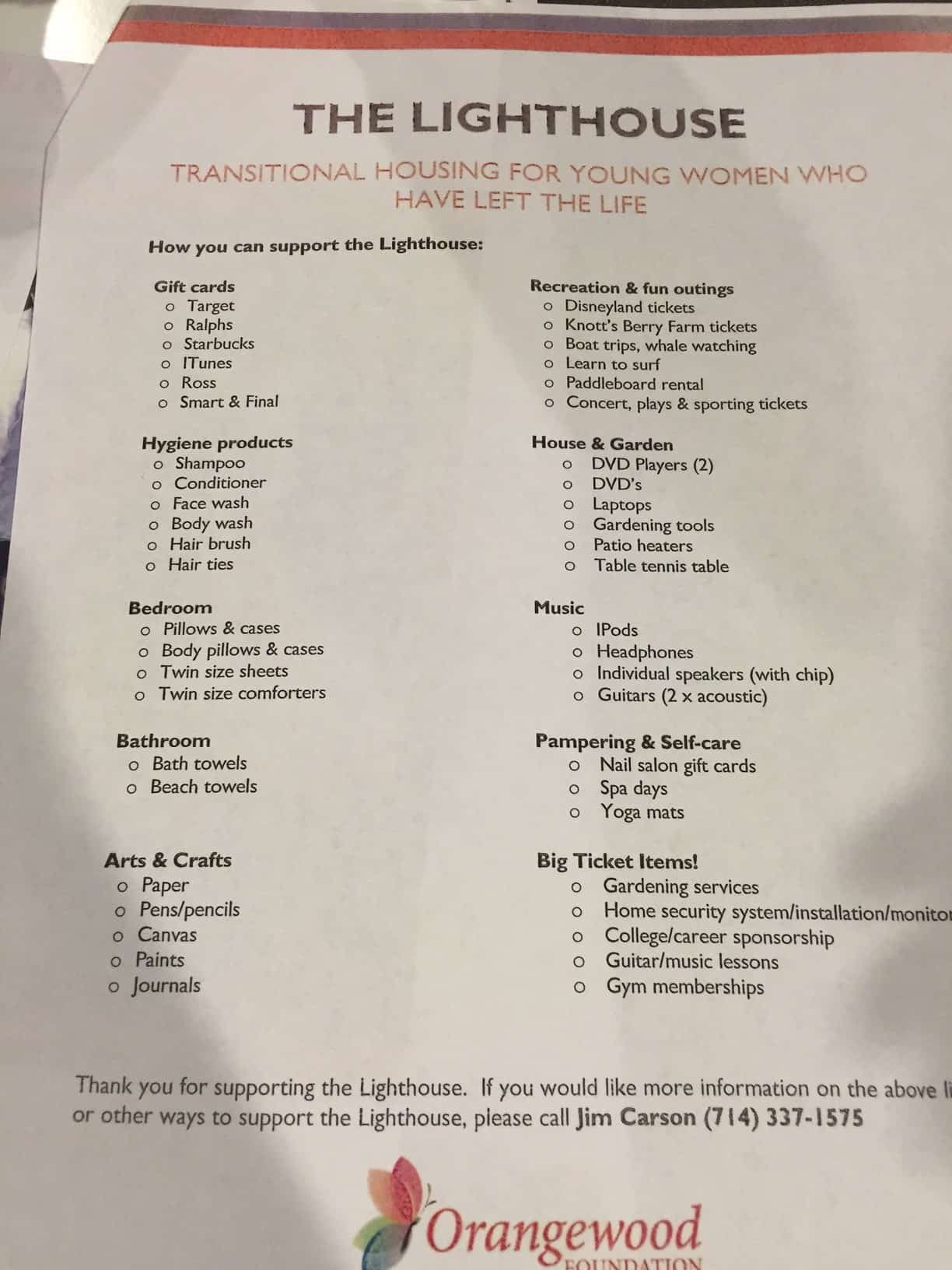 Last night the Marconi Staff attended Orangewood Foundation’s Forum on sex trafficking in Orange County. The moving dialog from a survivor stirred up a fiery determination to do more in each staff member’s stomach.
The Marconi Foundation for Kids did recently donate $3,000 to the Orangewood Foundation, but it’s not nearly enough and there’s plenty of work to be done; we want to do more! The number one goal Orangewood has in regards to its sex trafficking program is to bring more awareness to this sensitive issue.
With the need for awareness on the brain, here is a recap of what was learned and spoken about on Monday night’s gathering.
Disclaimer: This post will use potentially alarming vocabulary to promote awareness about sex trafficking. Viewer discretion is advised.
Sex Trafficking Statistics:
Last night the Marconi Staff attended Orangewood Foundation’s Forum on sex trafficking in Orange County. The moving dialog from a survivor stirred up a fiery determination to do more in each staff member’s stomach.
The Marconi Foundation for Kids did recently donate $3,000 to the Orangewood Foundation, but it’s not nearly enough and there’s plenty of work to be done; we want to do more! The number one goal Orangewood has in regards to its sex trafficking program is to bring more awareness to this sensitive issue.
With the need for awareness on the brain, here is a recap of what was learned and spoken about on Monday night’s gathering.
Disclaimer: This post will use potentially alarming vocabulary to promote awareness about sex trafficking. Viewer discretion is advised.
Sex Trafficking Statistics:
- 100,000 – 300,000 American children are victims of sex trafficking per year.
- 1 out of every 3 runaway girls in the U.S. is approached by a pimp within 48 hours of running away.
- Almost 400 victims of sex trafficking in Orange County have been identified in the past 10 years and almost half of them were children.
- In the past two years 1,277 victims have been identified in California.
- 50-80% of sex trafficking victims in California are or once were in the foster care system.
- There were 145 victims in Orange County in 2014.
- “In the life”: involved in sex trafficking
- “John/Trick”: child molester; the buyer
- “Bottom bitch”: the pimp’s head girl
- “Wifey”: the girls who work with you and your pimp
- $600 to eat
- $800 to sleep
- Didn’t collect the money from the John, punishment was sleeping with the next man without a condom.
- Orange County is a number one destination location for sex trafficking because of its high prospect to make money.
- Sex trafficking is almost as lucrative as drug hustling because gangs are becoming more interested in selling kids than selling drugs, it’s “safer.”
- Recent reports have shown pimps come from violent upbringings and/or have experienced sexual assault while growing up.
- Sex trafficking victims often get mislabeled as prostitutes.
- The Orangewood Foundation has been working for nearly 35 years to care for abused and at-risk youth. The foundation has numerous programs to aid children in need.
- First responders are being taught how to recognize a sex trafficking victim and what questions to ask.
- The creation of a new program called The Lighthouse Program, by the Orangewood Foundation.
 If you are interested in attending a forum, the meetings happen every second Monday of every month from 6:30-8:00pm. Plan to be a part of the discussion on August 8th and September 12th at 1575 E. 17th St., Santa Ana.
Awareness is the first step in stopping the problem and with that in mind, this is the first step for The Marconi to additionally support the Orangewood Foundation. Stay tuned for Marconi staff stories about passing out Orangewood’s HomeAid kits!
If you are interested in attending a forum, the meetings happen every second Monday of every month from 6:30-8:00pm. Plan to be a part of the discussion on August 8th and September 12th at 1575 E. 17th St., Santa Ana.
Awareness is the first step in stopping the problem and with that in mind, this is the first step for The Marconi to additionally support the Orangewood Foundation. Stay tuned for Marconi staff stories about passing out Orangewood’s HomeAid kits!
The Marconi Automotive Museum is a class 501 (c)(3) nonprofit located in the heart of Southern California in Tustin. The Marconi donates net proceeds from booked events and museum visitors to at-risk children charities throughout Orange County. If you’d like to host an event at The Marconi, please call 714.258.3001. Thank you for helping us help kids! [/column]

